Achieve 3000
Program description
Achieve3000® is a supplemental online literacy program designed for use by students in elementary school through high school grades. Through leveled, non-fiction content tailored to individual student ability levels Achieve3000® focuses on building phonemic awareness, phonics, fluency, reading comprehension, vocabulary, and writing skills. The program provides content for students across a range of ability levels, including typically developing readers, struggling readers, and English language learners. Content is adapted to an individual student’s skill level following an initial ability assessment, and is updated according to subsequent progress monitoring assessments. Lessons follow a routine of 5 steps: (1) respond to a Before Reading Poll, (2) read an article, (3) answer activity questions, (4) respond to an After Reading Poll, and (5) answer a Thought Question. The online dashboard provides usage and progress monitoring data to teachers to track student progress with building the targeted skills.
Student population
Achieve3000® has been examined in grades 2-9 among rural, suburban, and urban settings. Student demographics include general education learners, students with disabilities, White, Black, and Hispanic racial and ethnic groups as well as a blended proportion of students who were or were not eligible for Free and Reduced price lunch.
Current evidence
Achieve3000® has been rated as Promising by Evidence for ESSA (https://www.evidenceforessa.org/programs/reading/achieve3000-elementary) for students in grades 3-6, and Strong Evidence for ESSA (https://www.evidenceforessa.org/programs/reading/achieve3000-secondary) for students in Middle and High School grades. The What Works Clearinghouse reported No Discernible Evidence (https://ies.ed.gov/ncee/wwc/Docs/InterventionReports/wwc_brachieve_022718.pdf) for building Reading Fluency Skills in 2nd and 3rd grades and Potentially Positive Effects (https://ies.ed.gov/ncee/wwc/Docs/InterventionReports/wwc_alachieve_022718.pdf) for general literacy and reading comprehension skills in grades 2-8.
For more information
https://www.achieve3000.com
Tracey, D. H., Young, J. W. (2004). Evaluation of KidBiz3000: Bayonne Study Final Report. Lakewood, NJ: www.achieve3000.com.
https://ies.ed.gov/ncee/wwc/InterventionReport/691


